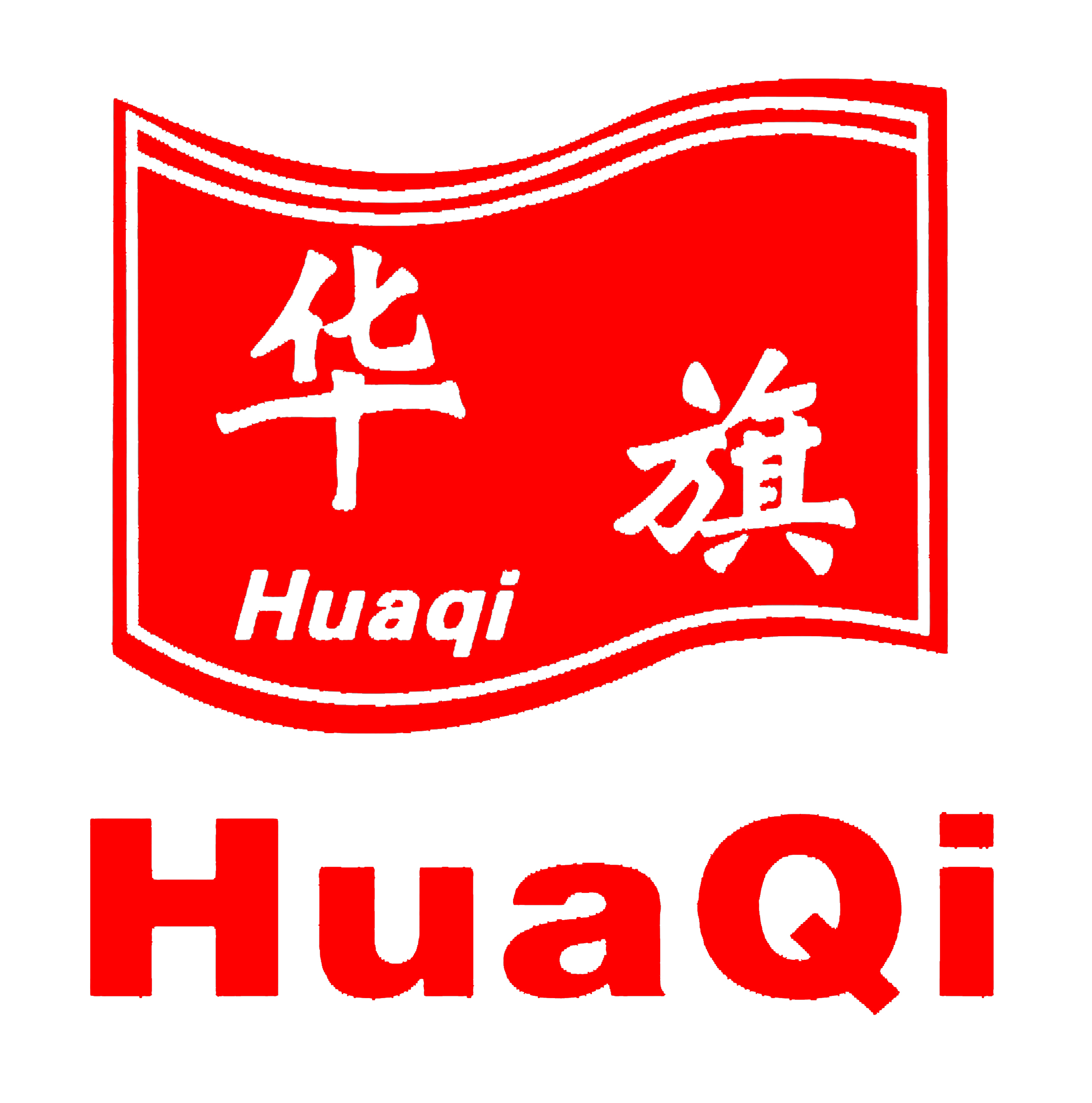PV 케이블은 태양광 패널을 인버터에 연결하는 데 필수적인 역할을 하며, 태양광을 사용 가능한 전기로 변환할 수 있도록 해줍니다. 이러한 케이블은 특히 대규모 설치 시스템에서 태양광 패널의 직류 전압 출력(종종 600V 이상)을 효과적으로 견뎌야 합니다. 태양광 패널 케이블과 인버터 간의 올바른 연결을 통해 에너지 손실을 최소화하고 효율을 극대화하는 것이 중요합니다. 부적절한 연결은 상당한 에너지 비효율을 초래하여 태양광 발전 시스템 전체 성능에 영향을 줄 수 있습니다. 운영 효율성을 유지하기 위해서는 고품질 PV 케이블 선택이 매우 중요합니다.
PV 케이블은 과열되거나 열화되지 않도록 고직류(DC) 전압을 관리하도록 특별히 설계되었습니다. 태양광 케이블의 전압 등급에 대한 충분한 이해가 필수적입니다. 이러한 케이블은 일반적으로 최대 1000V까지 견딜 수 있도록 등급이 책정되어 있어 주거용 및 상업용 시스템 모두에 적합합니다. 이 전압을 제대로 관리하지 못하면 위험한 현상인 전기 아크가 발생할 수 있으므로 신뢰할 수 있는 품질 인증을 받은 케이블을 선택하는 것이 중요합니다. 고직류 전압과 관련된 위험으로 인해 안전한 전압 관리의 중요성은 아무리 강조해도 지나치지 않습니다. 따라서 신뢰성 있는 태양광 케이블 연장제를 선택해야 합니다.
옥외 환경에서 PV 케이블의 안전성은 자외선 및 열악한 조건에 장기간 노출되도록 설계된 방수 설계에 달려 있습니다. 여기에는 절연 및 보호 피복과 같은 안전 기능을 포함하여 전기 고장을 방지하고 설치 수명을 보장합니다. 정기 점검 및 유지보수는 옥외 환경에서 사용하는 내수성 케이블의 지속적인 안전성과 운용 신뢰성을 유지하기 위한 권장 사항입니다. 이러한 케이블이 환경적 도전을 견뎌낼 수 있는 능력은 안전한 옥외 태양광 발전 시스템을 유지하는 데 중요한 역할을 합니다. 정기적인 점검은 날씨로 인해 발생할 수 있는 문제를 미리 예방하는 데 도움이 됩니다.
고성능 PV 케이블은 뛰어난 자외선 저항성과 내후성으로 구분됩니다. 이러한 케이블은 오랜 시간 동안 햇빛에 노출되더라도 성능이 저하되지 않도록 특별히 설계된 소재로 제작되어, 수명과 효율성을 유지하는 데 매우 중요합니다. 또한, 이러한 케이블의 내후성 특성은 비, 눈, 고온과 같은 극한 조건에서도 견딜 수 있음을 보장합니다. UL 및 IEC와 같은 기관에서 발급한 인증을 통해 이러한 특성을 검증함으로써 고품질을 입증하고, 엄격한 내구성 기준을 충족한다는 것을 확인할 수 있습니다.
PV 케이블은 -40°C에서 +90°C까지의 넓은 온도 범위에서 신뢰성을 유지해야 합니다. 이러한 온도 저항성을 보장하기 위해 실리콘 또는 가교 폴리에틸렌(XLPE)과 같은 재료가 사용되며, 이는 케이블이 열 변화를 견디면서도 성능 저하 없이 작동할 수 있도록 해줍니다. 극한의 온도 조건에 대한 철저한 테스트는 이러한 케이블이 다양한 환경에서 신뢰성 있게 작동할 수 있음을 확인하는 과정이며, 태양광 설치 시스템에서 열 관련 고장을 최소화하는 데 중요합니다.
수명이 20~25년 이상으로 설계된 고성능 PV 케이블은 태양광 설치 시 교체 필요성을 크게 줄여줍니다. 이러한 내구성은 마모, 환경 손상 및 기계적 스트레스에 저항하는 견고한 구조와 내구성 있는 소재 사용에서 비롯됩니다. 주요 제조사들은 종종 케이블의 예상 수명과 신뢰성을 입증하는 보증을 제공합니다. 이는 태양광 발전 시스템의 운영 수명 동안 효율성과 경제적 타당성을 최적화하는 데 중요합니다.
구리 케이블은 우수한 전도성을 제공하여 저항 최소화와 동시에 효율적인 에너지 전송에 중요합니다. 이러한 특성 덕분에 더 많은 전기를 손실 없이 전달할 수 있어, 구리는 태양광 설치에 이상적인 선택이 됩니다. 알루미늄보다 가격이 비싸지만 구리의 내구성은 시간이 지남에 따른 에너지 손실을 줄여 투자 대비 가치가 높아 태양광 시스템 전체 효율을 증대시킵니다.
알루미늄 와이어는 구리 케이블 대비 경량이고 비용 효율적인 대안으로, 설치 과정을 간소화하고 인건비를 절감하는 데 도움을 줍니다. 알루미늄은 전도성이 다소 낮지만 합금 기술의 발전으로 성능이 크게 개선되어 대규모 설치 프로젝트에 실용적인 옵션으로 자리 잡고 있습니다. 예산을 고려해야 하는 프로젝트에서 효율성을 유지하면서도 알루미늄 와이어는 성능 저하 없이 현실적인 해결책이 될 수 있습니다.
주석 도금 동선은 보호용 주석 코팅 덕분에 높은 전도성과 부식 저항성을 동시에 갖추고 있습니다. 이러한 특성의 조합은 해양 또는 해안 지역처럼 염수에 노출되기 쉬운 혹독한 환경에서의 설치에 특히 적합하게 만듭니다. 태양광 발전 시스템에서 부식이 초래는 영향을 이해함으로써 장기간의 성능을 보장하기 위한 올바른 소재 선택을 할 수 있습니다. 구리 케이블과 그 응용 분야에 대한 보다 자세한 정보는 당사 플랫폼에서 제공하는 '구리 케이블' 제품을 참조하십시오.
구리에서 주석 도금 동선에 이르는 이러한 소재 선택은 태양광 설치 시 특정 환경 및 성능 요구에 맞춘 올바른 배선 솔루션 선택의 중요성을 강조합니다.
PV 케이블의 올바른 크기 선정은 에너지 효율성을 보장하기 위한 기본 단계입니다. 시스템 내 전압 강하와 에너지 손실을 최소화하는 것이 중요합니다. 거리와 부하에 따라 적절한 게이지 크기를 계산할 수 있는 도구와 자료를 활용하면 태양광 발전 시스템의 성능을 크게 향상시킬 수 있습니다. 업계 가이드라인에서는 전류 용량 등급을 기준으로 특정 케이블 크기에 대한 권장사항을 제공하므로 이러한 표준을 충족하는 케이블 선택이 용이해집니다.
케이블 무결성을 유지하기 위해서는 기계적 응력과 마모를 방지하는 설치 기법을 우선시하는 것이 필수적입니다. 설치 시 날카로운 굽힘과 과도한 인장을 피함으로써 케이블에 손상이 발생하지 않도록 방지할 수 있습니다. 적절한 지지 및 고정 방법은 케이블의 조기 고장을 유발할 수 있는 기계적 응력을 완화하는 데 중요합니다. 케이블링 표준 관련 문서는 설치 시 발생할 수 있는 일반적인 기계적 위험 요소들을 제시하며, 이러한 문제를 회피하기 위한 귀중한 인사이트를 제공합니다.
인증된 커넥터는 PV 케이블과 시스템 구성 요소 간의 안전하고 신뢰성 있는 연결을 보장하는 데 중요한 역할을 합니다. MC4 커넥터는 신뢰성과 사용 편의성이 뛰어나며, 안전 규정 준수를 보장한다는 점에서 유용합니다. 정기적인 커넥터 점검을 통해 연결 문제로 인한 성능 저하를 방지할 수 있으며, 이는 태양광 설치에서 지속적인 운영 효율성을 위해 정기적인 유지보수가 얼마나 중요한지를 보여줍니다.
태양광(PV) 케이블에 내장 센서를 통합함으로써 태양광 발전 시스템의 실시간 모니터링이 혁신적으로 변화하고 있습니다. 이러한 센서는 온도 변화, 전압 변동 및 물리적 충격을 감지할 수 있어 시스템의 성능과 안전성에 대한 중요한 인사이트를 제공합니다. 데이터 분석 기술의 발전은 예측 정비의 밝은 미래를 제시하며, 운영 일정 최적화와 시스템 신뢰성을 향상시키고 있습니다. 스마트 모니터링 기술을 적극 활용함으로써 보다 효율적인 태양광 설치가 가능해지고, 다운타임을 최소화하면서 최고 성능을 유지할 수 있습니다.
태양광 케이블 기술에서 중요한 트렌드 중 하나는 안전성과 환경 책임을 중시하는 할로겐 프리 소재로의 전환입니다. 이러한 소재는 케이블 화재 시 유독 가스 배출 위험을 줄일 뿐만 아니라 태양광 에너지 생산 및 설치 과정에서의 지속 가능성 이니셔티브와도 부합합니다. 친환경 소재의 도입은 점점 표준화되고 있으며, 이는 산업 차원에서 글로벌 지속 가능성 목표를 향한 노력의 일환입니다. 제조사들은 할로겐 프리 및 환경 친화적인 옵션을 우선시함으로써 보다 안전하고 친환경적인 태양광 솔루션을 위한 기반을 마련하고 있습니다.
태양광 농장의 확장은 증가하는 수요와 확장성을 지원할 수 있는 대용량 고효율 전력 케이블 개발을 필요로 합니다. 통합 기술은 이러한 노력의 선두에 서서 에너지 회복탄력성을 향상시키고 여러 태양광 어레이 간 연결을 효율화하려는 목표를 가지고 있습니다. 업계 리더들은 대규모 태양광 네트워크 내에서 상호작용과 연결성을 최적화할 혁신 기술의 등장을 주목하고 있습니다. 대규모 통합에 대한 집중은 현재 성장세에 부응하는 동시에 글로벌 차원에서 효율적이고 안정적인 에너지 솔루션을 향한 태양광 농장 기술의 미래 발전 기반을 마련하고자 하는 것입니다.
 Hot News
Hot News2024-09-25
2024-07-09
2024-07-09
2024-07-09

Copyright © 2024 by HuaQi Wire Cable Co., Ltd. Privacy policy